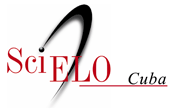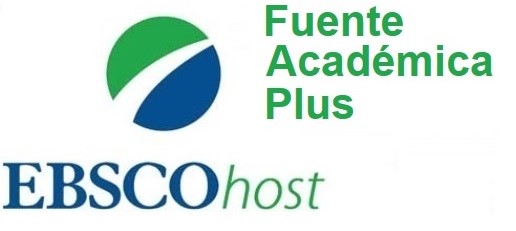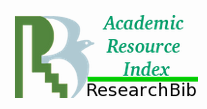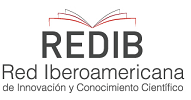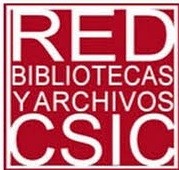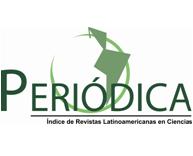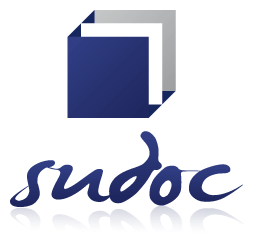MATHEMATICAL MODEL FOR CONTROL OF SUCROSE CONTENT IN BAGASSE IN THE SUGAR MANUFACTURING PROCESS
Keywords:
extraction, imbibition, mathematical modeling, maceration, millingAbstract
Introduction:
Mathematical models are very useful tools for the operational control of the extraction stage in the raw sugar manufacturing process.
Objective:
To obtain a mathematical model to predict, based on the operational conditions of milling and imbibition which are applied, the sucrose content in bagasse.
Materials and Methods:
The mathematical model is developed by means of multiple linear regression based on experimental information obtained at industrial scale. Several statistical tests are used to guarantee an adequate adjustment of the mathematical model and to evaluate its predictive performance. The application range is established using “hidden extrapolation” analysis.
Results and Discussion:
This mathematical model is valid for an imbibition ratio between 0.80-2.90; imbibition water temperature between 40-80 oC and sucrose content in primary juice between 15.1-19.2 %. The mathematical model demonstrates that the sucrose content in bagasse has a non-linear dependence on the amount of imbibition applied and provides new statistical evidence proving the significant influence of the imbibition temperature on sucrose extraction. The procedure used is of great utility as methodological material for the development and evaluation of linear regression models in operational research.
Conclusions:
Through the use of the mathematical model as a predictive analysis tool, it is possible to improve the operational performance of the extraction stage by reducing sucrose losses in bagasse.
Downloads
Downloads
Published
How to Cite
Issue
Section
License

This work is licensed under a Creative Commons Attribution-NonCommercial 4.0 International License.

